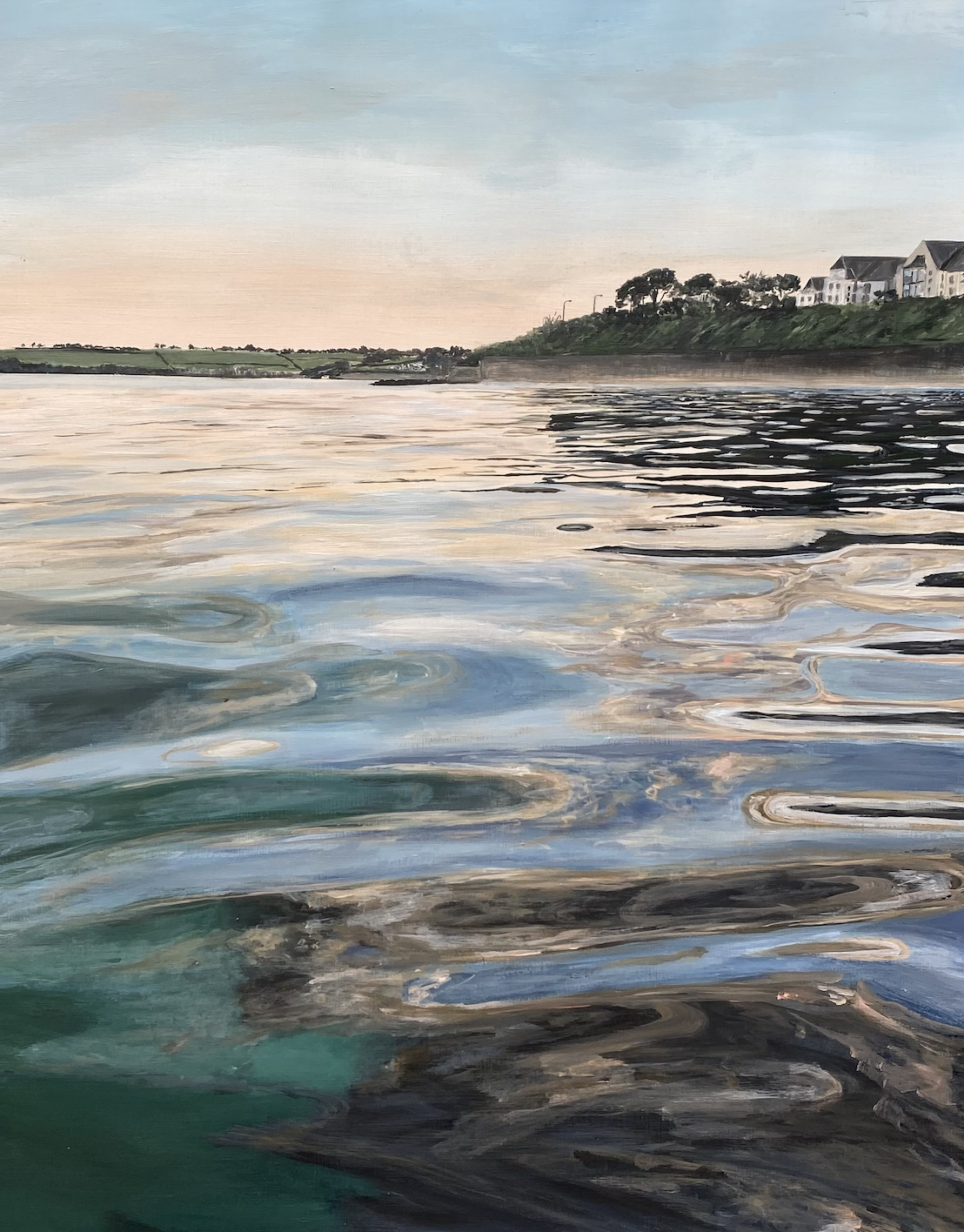Oceanscape Painting
In order to paint an oceanscape painting/ seascape painting you must first understand how the appearance of the ocean is influenced by several factors that contribute to its unique characteristics:
Scattering and Absorption of Light: The water in the sea can absorb and scatter light. The absorption and scattering properties depend on factors such as the concentration of dissolved substances, suspended particles, and the presence of algae or other organisms in the water. Different wavelengths of light are absorbed or scattered to varying degrees, which can affect the color and clarity of the sea.
Depth and Sunlight: Sunlight plays a crucial role in how the sea appears. In shallow coastal areas, the sea often appears lighter in color due to the reflection of sunlight off the sandy or rocky bottom. In deeper parts of the ocean, the color appears darker or bluer because the sunlight is absorbed and scattered by the water itself.
Reflection: Just like any other surface, the sea can reflect light. The reflection on the sea's surface occurs when the angle of incidence and the angle of reflection are equal. This reflection contributes to the sparkling or shimmering effect seen on the water's surface.
Waves and Surface Texture: Waves are formed due to the interaction between wind, currents, and the water's surface. Waves cause the water surface to undulate and form patterns, leading to variations in color and texture. The angle and intensity of sunlight hitting the waves can create visually striking effects, such as glints or highlights.
Organic Matter: The presence of organic matter, such as phytoplankton or algae, in the sea can significantly influence its appearance. Blooms of phytoplankton, for example, can give the sea a greenish tint or create discolorations. These organisms can also release chemicals or pigments that affect the water's color.
Sediments and Particles: Sediments, suspended particles, and dissolved substances in the water can alter its color and turbidity. For example, coastal areas near rivers may have sediment-laden waters that appear brown or muddy, while clear oceanic waters can display a deep blue color.
It's worth noting that the appearance of the sea can vary greatly depending on location, time of day, weather conditions, and other factors. The interplay of these elements contributes to the fascinating and ever-changing visual aspects of the sea - which is why I’ll never get bored of painting it!


